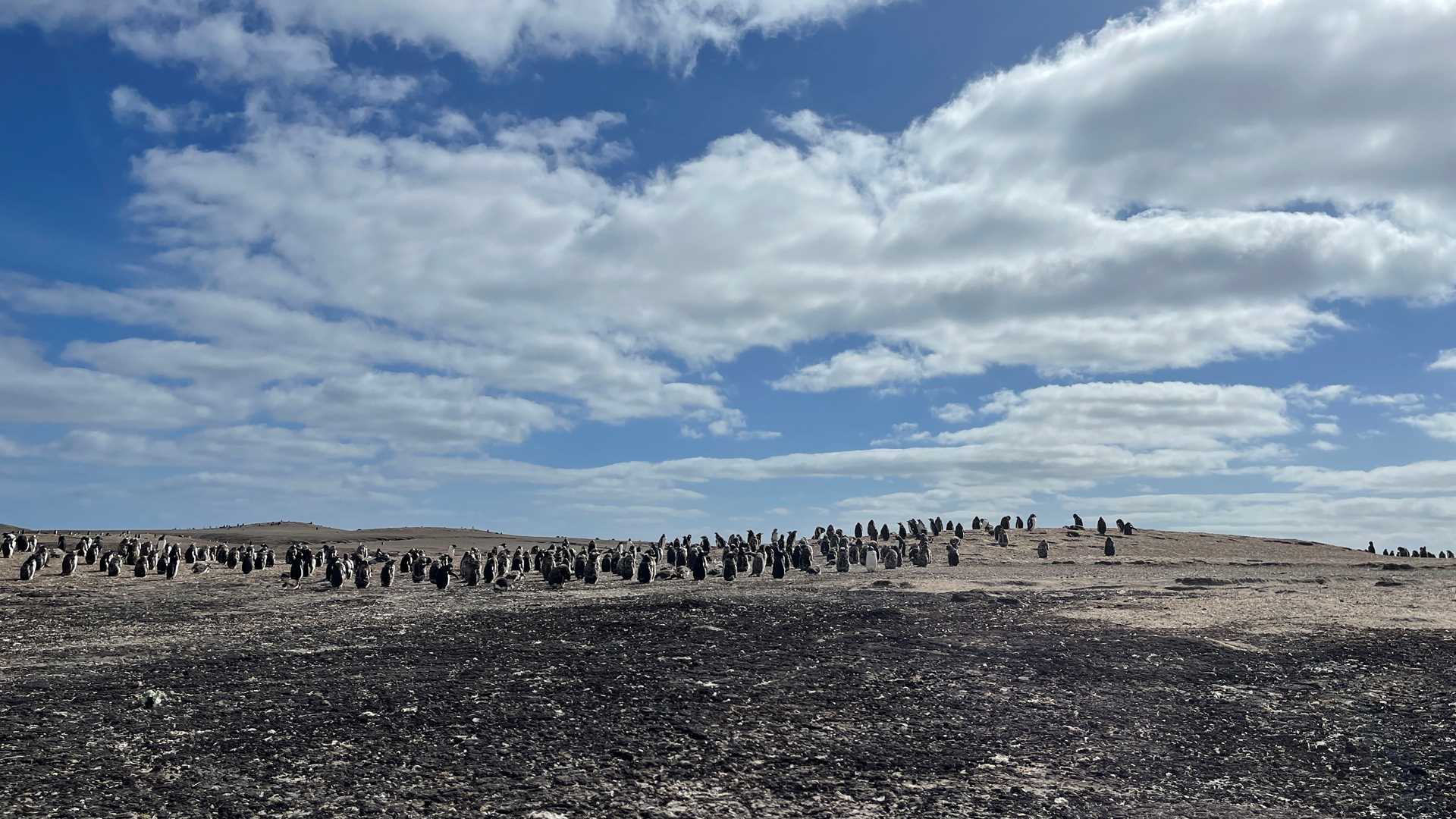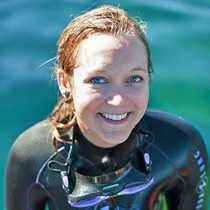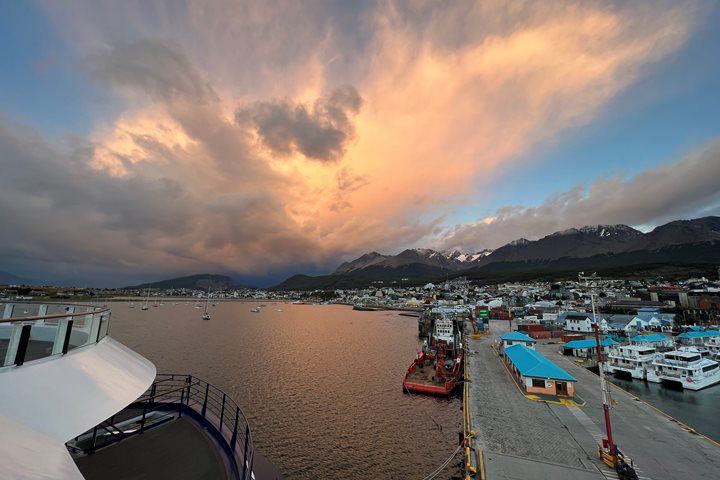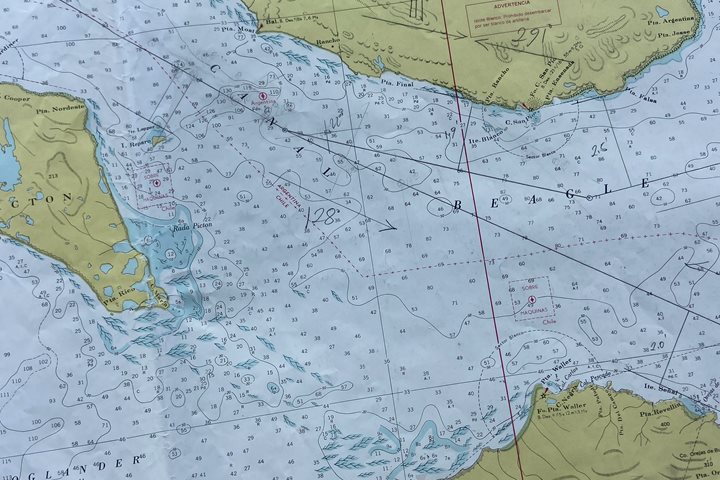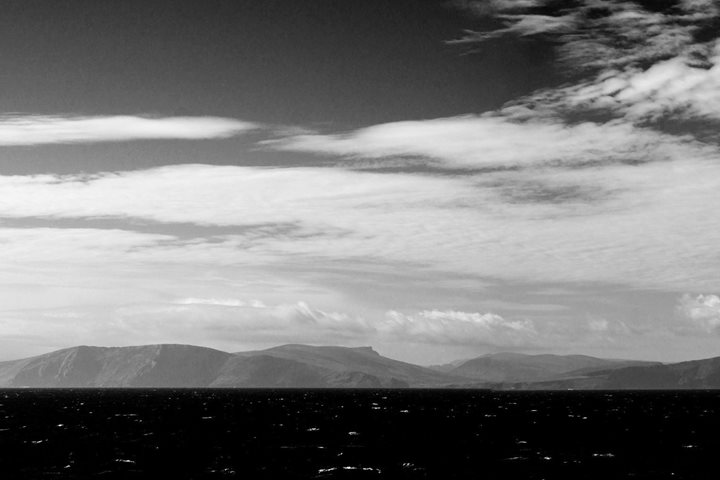We had a great start to our Falkland Islands expedition today! The winds were low and the sun was shining–sunscreen and sunglasses were a must! We made our first landing at Saunders Bay where we saw two new species of penguins–rockhopper and Magellanic. The white sand beaches looked stunning against the turquoise water, a stark contrast to what we have seen on our expedition thus far. In the afternoon, we landed on Carcass Island, named after the HMS Carcass. We had the opportunity to walk up Jason Hill. It was nice to get out and be active after our days at sea. This island has diverse vegetation and an abundance of birds! Caracaras, gentoo penguins, Magellanic penguins, skuas, imperial shags, rock shags, kelp geese, ruddy-head geese, upland geese, blackish oystercatchers, Magellanic oystercatchers, cobb’s wrens, tussacbirds, and more. What a day. And what a time to be alive.
- Daily Expedition Reports
- 23 Feb 2022
Falkland Islands, 2/23/2022, National Geographic Resolution
- Aboard the National Geographic Resolution
- Antarctica
Shaylyn Potter, Undersea Specialist
Shaylyn was born and raised in small-town Oregon, which she credits for her unwavering love and respect for the natural world. Her passion for the outdoors and exploration began at a young age, and she spent her childhood taking full advantage of wha...
Read MoreShare Report
Antarctica, South Georgia and the Falklands
VIEW ITINERARYRelated Reports
3/13/2022
Read
National Geographic Explorer
Tierra del Fuego
Until now, we have skirted the mercurial weather of the South Atlantic. Though the sun has been rare, we have been lucky with calm seas and easy access to some of the most exciting landing sights South Georgia and the Falklands have to offer. Today, as our trip nears its end, we had the opportunity to experience a small taste of the conditions that make this such a notorious region for seafarers and explorers. With sustained winds of up to 50 knots wrapping around Cape Horn, the ocean quickly began to churn. Our captain and bridge team found us shelter in the Beagle Channel where we spent the day appreciating the power of the ocean and the biodiversity of Tierra del Fuego. While onboard in the comfort of our new ship/home, National Geographic photographer Camille Seaman shared a collection of photographs she took throughout the last two weeks. Naturalists Madalena Pachaco and Bud Lenhausen shared stories of exploration and changing climates. Photo caption: The chart shows our way to protection from the storm in the Beagle Channel. Photo by Alex Krowiak
3/12/2022
Read
National Geographic Resolution
Le Maire Strait and Beagle Channel
We continued sailing from the Falkland Islands to Ushuaia, crossing the Le Maire Strait and entering the Beagle Channel. On our way, we enjoyed spectacular landscapes as seabirds followed us.

